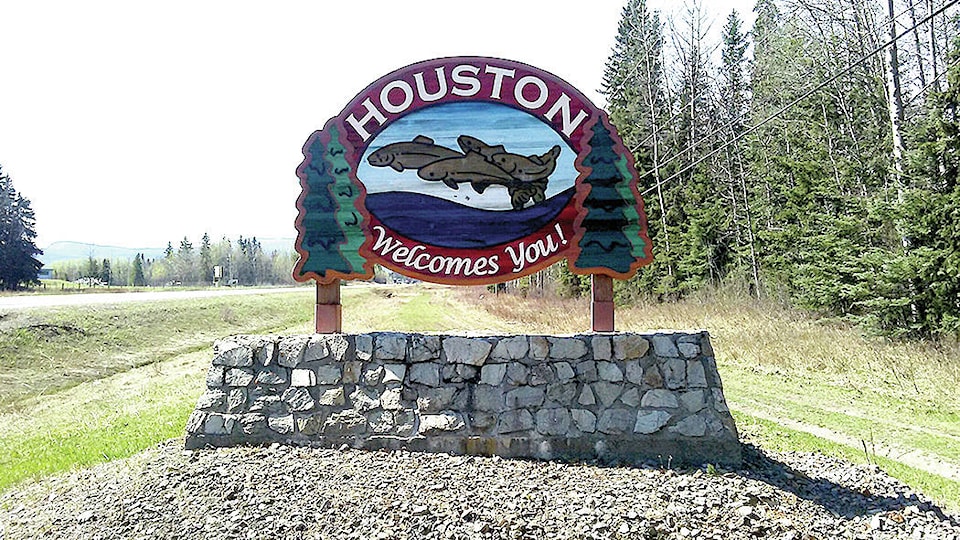The District of Houston’s population remained steady in 2018 compared to the year before.
Based on information gathered by BC Stats, a provincial government agency, the District’s population was 3,136 in 2018, a slight increase of six people over the 2017 figure of 3,130 people.
And going back to 2011, the population then was 3,218 meaning there’s been a decrease of 82 people in the intervening years.
For the unincorporated areas in the Bulkley-Nechako area stretching from Smithers to Vanderhoof, the 2018 population was listed at 20,397, an increase of 242 people over the 2017 figure of 20,155.
In 2011, the unincorporated area population was 19,948 meaning there was an increase of 449 people leading up to 2018.
The population in Smithers also increased slightly from 2017’s figure of 5,661 people to 5,706 in 2018 for a net gain of 45 people.
Burns Lake, however, registered a drop off 15 people from 1,840 residents in 2017 to 1,825 residents in 2018.
Overall, the 2018 population for the unincorporated areas and municipalities in the Bulkley-Nechako region was listed at 40,059 people, an increase of 256 people from the 2017 figure of 39,803.
Across the northwest, Terrace continues to have the largest population at 12,248 people in 2018, a increase of 39 people from the 2017 figure of 12,209.
The count for inside the Terrace city limits notes 12, 248 residents for the year just finished, up from the count of 2017 which had listed 12,209 Terrace residents. When the immediate surrounding rural area is included, Terrace and area had a population of 16,452 residents in 2018.
Both Terrace and Kitimat are expected to register population increases in the next several years thanks to the $40 billion LNG Canada liquefied natural gas plant at Kitimat, construction of which is to start in earnest this year.
